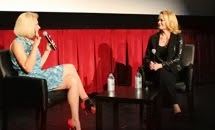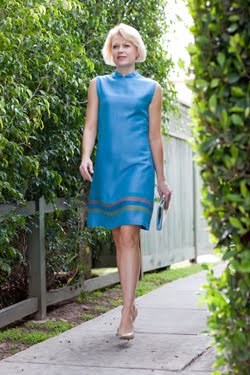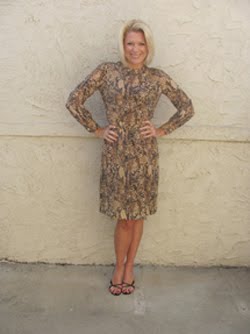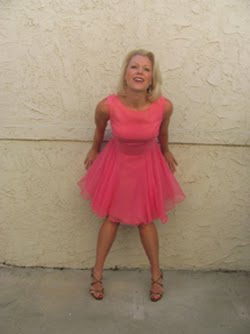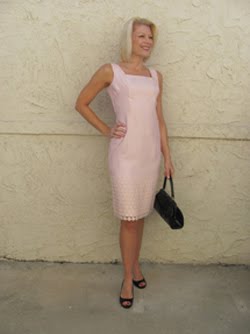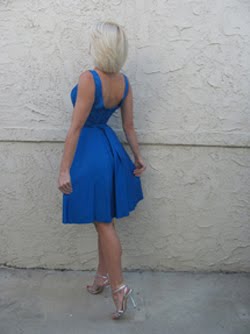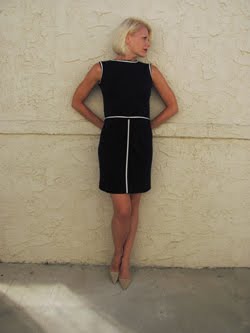Is this 2012...or the 1930s? It's certainly hard to tell just by looking at the cast of The Artist (above) as they accepted their well-deserved Academy Award for Best Picture. It was a great moment and you can see how they embody the modern version of Art Deco style that their movie has inspired in so many others. I've only started to cover it all for my Month of Art Deco on GlamAmor...the fashion runways and magazines have been positively packed with references to movies like The Artist (which also won for Best Costume Design), W./E., and Midnight in Paris. All have brought attention to the style of the 1920s and 1930s, and I watched in awe as it appeared in gown after gown on the red carpet last night.
Beyond Art Deco design, the other big trend of the evening was the classic strapless mermaid gown. This is normally a more challenging choice for any woman navigating the red carpet, yet it seemed that everyone was offering their ode to Old Hollywood. The shape appeared more than any other and was used to showcase the big color trends of the evening--green, red, nude, and gold. Most of the dresses were quite stunning, but I adore white gowns and was quite drawn to the sleek white Tom Ford for Gwenyth Paltrow (photo at end of article). But, like so many of the others, it too shares its design origins with the Golden Age of Hollywood. See a selection and their connections to classic cinema below. Hope you enjoy the show!
Spring green gowns were a strong trend--seen in shades from forest green (Glenn Close's Zac Posen) to
emerald green (Viola Davis' Vera Wang, above) to mint green (Berenice Bejo's Elie Saab Couture)
Rich shades of red was another favorite and ranged from crimson (Natalie Portman's vintage Christian Dior, above) to
retro orange-red (Michelle Williams Louis Vuitton) to berry pink-red (Emma Stone's Giambattista Valli)
Nudes were seen in skintones ranging from white (Gwenyth Paltrow in Tom Ford) to
light (Cameron Diaz in Gucci, above) to dark (Kristen Wiig in J. Mendel)
And the prize gold statuette--originally created by MGM production designer Cedric Gibbons--
inspired dresses for Best Actress Meryl Streep (Lanvin),
Access Hollywood host Shaun Robinson (Romona Keveza),
and George Clooney's girlfriend Stacy Kiebler (Marchesa, above)
Look at just some of the cinema connections from the 1930s, 1940s, and 1950s below...
Halter silk bias-cut gowns on Penelope Ann Miller in Badgley Mischka (above)
and Jean Harlow in Adrian in Dinner at Eight
One-shouldered black gowns with brunette bobs on Rose Byrne in Vivienne Westwood (above)
and Woody Allen's 1930s singer Kitty Haynes (Karen Akers) in The Purple Rose of Cairo
Longsleeve white gowns on Shailene Woodley in Valentino (above)
and Katharine Hepburn in Adrian for The Philadelphia Story
Black strapless gowns with lots of leg on Angelina Jolie in Atelier Versace (above)
and Ava Gardner c. late 1940s
One-shouldered shimmering white gowns on Milla Jovovich in Elie Saab Couture (above)
and Nina Foch in Walter Plunkett and Irene Sharaff in An American in Paris
Sunburst gold gowns for Jennifer Lopez in Zuhair Murad (above)
and Marilyn Monroe in Travilla
White goddess gowns for Gwenyth Paltrow in Tom Ford (above)
and Ava Gardner in Sorelle Fontana in The Barefoot Contessa





































































